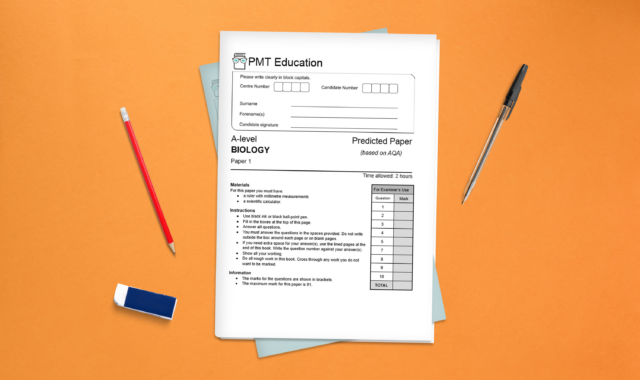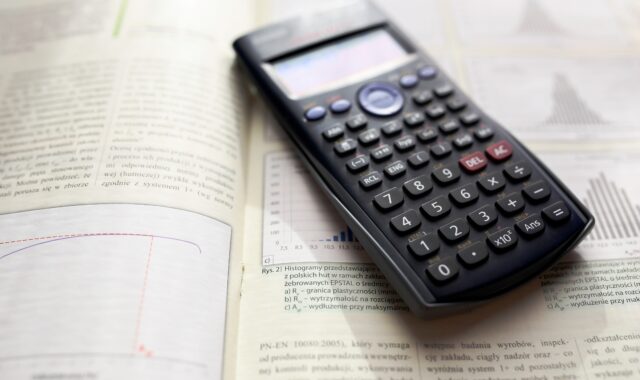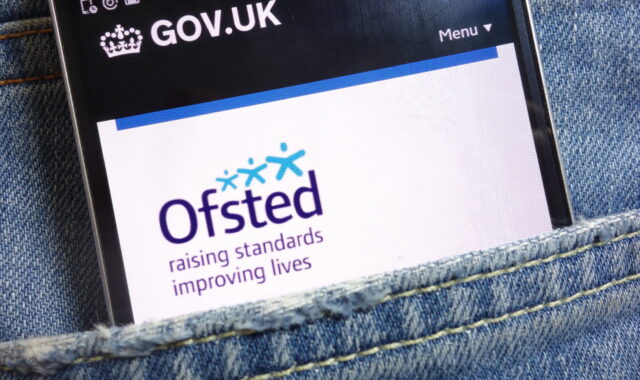Teacher life is a busy life. It can be, and often is, a stressful life. It’s a life where work very rarely stays confined to the school, but spills over into evenings, weekends, and holidays. Thankfully, many, many schools are now addressing such issues, implementing institutional solutions to reduce workload. This is certainly a step in the right direction. Yet, there are still things we can do to make our own personal productivity as efficient as possible. This is not about taking on more and more work, but rather facing the extent of what we have on our plate and finding ways to manage these commitments as effectively and intentionally as we can.
One such change I have made in recent years is to move away from a paper-based planning system to a digital one. When we think of teacher planning we probably have an instant image of a physical teacher planner, probably very bulky, with one page for each day. On these pages we might write tasks for the day as well as any meetings. We probably also have a photocopied version of our timetable stuck to the front page or one neatly coloured in.
However, as much as this has served us well, there are now far, far better digital alternatives that have the potential to make our life a lot easier. Whilst I personally use TickTick, there are many other options such as Todoist, Things 3, or Trello. Here’s some ways I use TickTick.
Uploading information
First and foremost, any tasks that I need to complete or meetings I need to attend are uploaded into TickTick. One of the big benefits to this platform, as opposed to alternatives, is that it has a calendar function built in, but the same function could be achieved with something like Google calendar. This means everything I need to do, and everywhere I need to be, are in one place and accessible via my school computer, laptop, and phone. However, once all this basic information is uploaded, we can start to use it in really effective ways.
Task organisation
For instance, I have an area of TickTick dedicated to each of my roles within school and it’s here that my tasks live. So, if I have some internal examination marking to do or reports to write this would sit under the ‘English’ area. I then divide each of these role-specific areas into projects that I am working on (say, Y7 Scheme of Work) so that I can make it even more granular or task status (such as ‘Waiting’ or ‘Some Other Day’). At one glance, then, I can assess exactly how much I have on at any given time for each of my roles and therefore what is taking up my time and where I may not want to take on any additional tasks.

Metadata
But, I can also add various metadata for each task as I add it to TickTick. For example, I could tag something as ‘task’ or ‘event’ to differentiate between these two or even other kind of tags like ‘admin’, ‘Y10’ or ‘deadline’. This then allows me to filter according to different tags (for example all tasks associated with Y10) or even submit queries (all tasks due in the next 2 days or deadlines in the next week). This is a great way to see bespoke versions of all my various tasks or events depending on what I’m trying to assess or plan.
View by day, week…
Finally, any digital task manager allows you to add dates and times to your various tasks or events. They also have various views that allow you to see when tasks are due or events are happening. This might be a ‘Today’ view where everything tagged with that day’s date then shows up as a single list automatically so you can see what you have planned. Or, it could be a ‘Tomorrow’ view or even ‘Next 7 Days’, all of which help you to plan ahead.
For myself, I tend to look at the ‘Tomorrow’ view every afternoon before I go home so that I know exactly what to expect and where best to fit my various tasks for the next day. Every Friday afternoon or Sunday I go through a similar process with the ‘Next 7 Days’ view, checking that nothing I need to do has fallen off the radar and pre-allocating specific time to bigger tasks. This allows me to be really intentional about how I am using my time.
Since moving from a paper-based notebook to a digital task manager a couple of years ago, I cannot tell you how much easier my day to day organisation has become. It has made a massive difference to my time management and productivity and, with it, a far greater feeling of control.







Comments